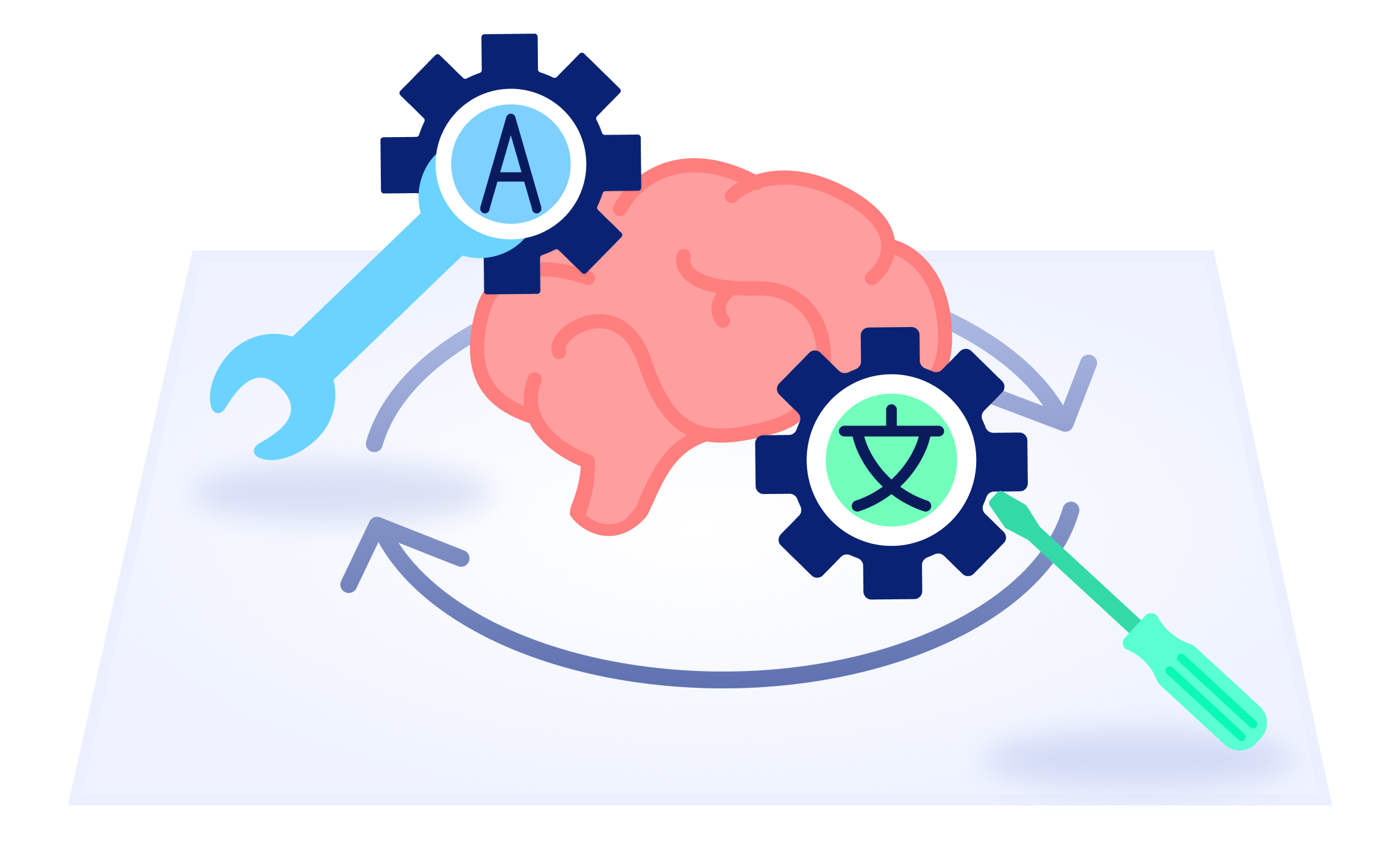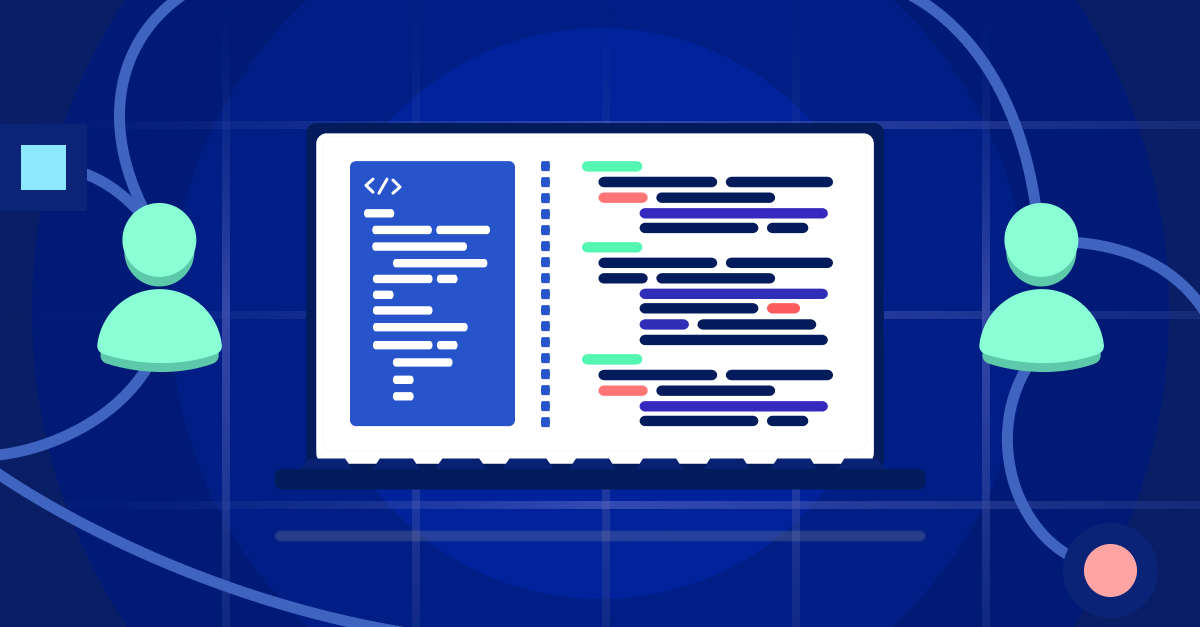How to Maximize Localization ROI for eLearning

In the US, it’s estimated that 1 out of 4 students don’t speak English at home — and many others don’t speak it natively.
Over the last two decades, eLearning has emerged as one of the biggest markets in the education industry. Predicted to be valued at $325 billion by 2025, the eLearning industry has grown by over 900% since 2000 - and this growth isn’t slowing down any time soon. As more students look to online resources as a convenient alternative to in-person education and training, it has become more important than ever for eLearning companies to provide resources, materials, and student experiences in multiple languages.
Now, more than ever, eLearning companies are reassessing their learning journey map on a global scale - their Global Experience (GX). A meaningful GX strategy enables personalized learner-centric experiences and allows the learning process to be experimental, mindful, and engaging regardless of the language it is localized into.
Whether you're just starting out or looking to scale even further, one of the biggest challenges to optimizing your GX programs is doing so in a cost-effective way. Here, we'll dive into a few basic ways to reduce costs and maximize your localization budget.



Vendor Consolidation
Many companies get caught spending too much time and resources on vendor management. As your company’s learning and training programs grow, evaluating and reducing the number of vendors your team works with can improve your efficiency in several ways.
Benefits include:
• Getting valuable time back by reducing the challenges that come with managing multiple vendors.
• Streamlining workflows and improving translation consistency across content and touchpoints.
Invest in Automation
One key area that can quickly help reduce budget is the incorporation of more automation into your localization workflow. Look for opportunities to cut down on time and money spent on particularly manual tasks—especially for your translators.
Benefits include:
• Eliminating manual steps and increase go-live time.
• Reducing room for error and ensure consistency in quality, spelling, and grammar.
Embrace a Connector-First Approach
A Connector-first approach is one of the best ways to ensure high-quality translations at an affordable price. It is a localization process that leverages integrations to send content from their existing systems for translation. By automatically integrating systems, Connectors embed localization into the complete content management and content life cycles.
Benefits include:
• Considering localization earlier in the content and development process.
• Skip the hurdles that come with changing vendors and global experience management systems.
-%20Light%20Blue%20(6).png?width=728&height=90&name=Lilt%20(728x90)-%20Light%20Blue%20(6).png)
-%20Dark%20(6)-1.png)
